#mamluk sultanate
Text
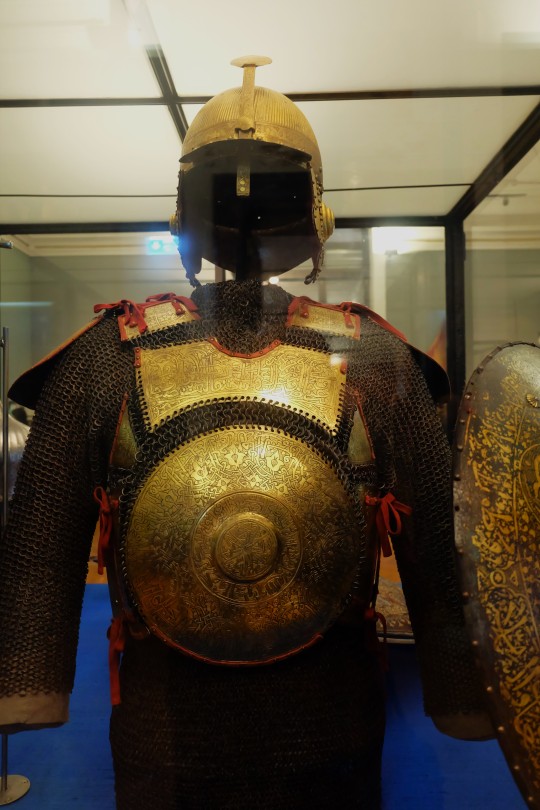
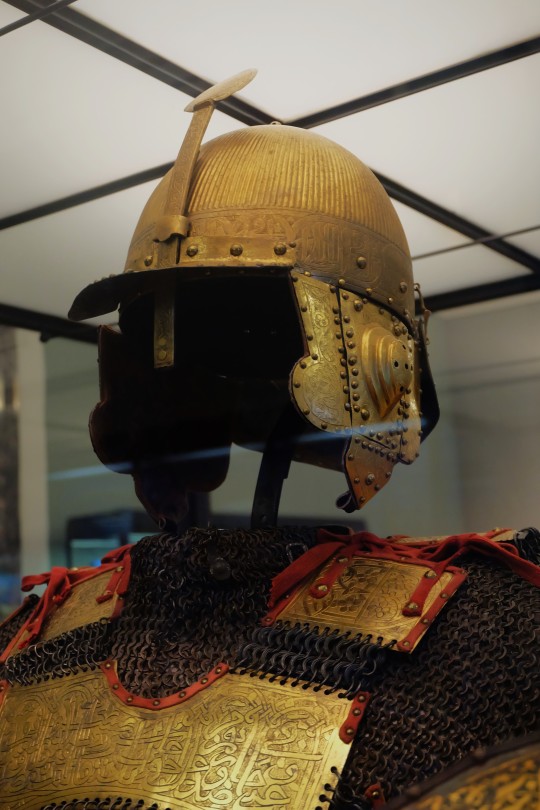

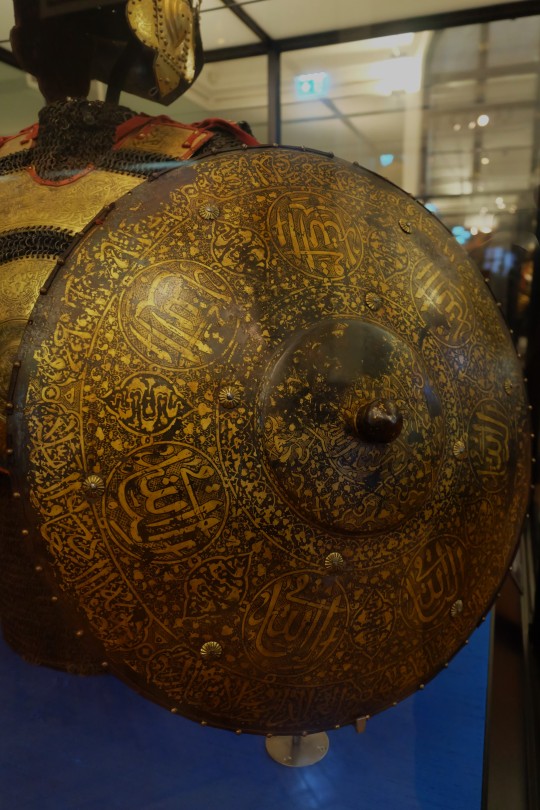
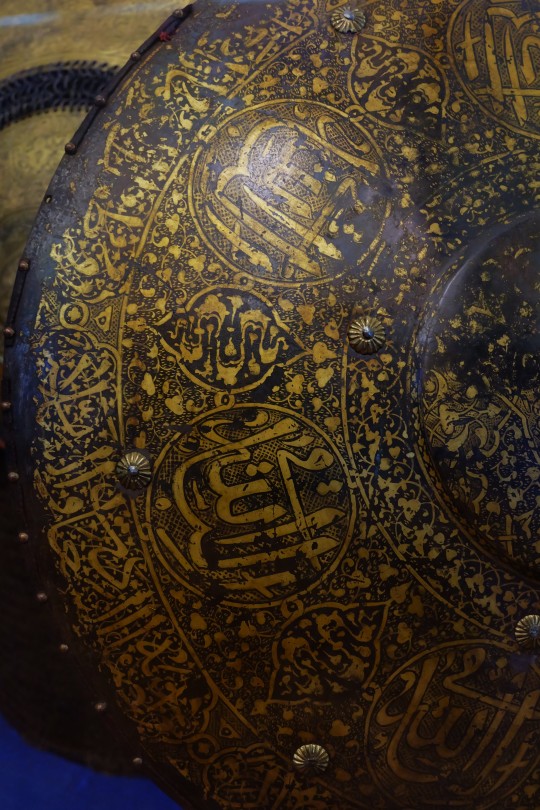
Mamluk Armour from Syria dated to the Early 16th Century on display at the Weltmuseum in Vienna, Austria
Photographs taken by myself 2022
#art#armour#military history#cavalry#fashion#16th century#renaissance#syria#syrian#mamluk sultanate#weltmuseum#vienna#barbucomedie
84 notes
·
View notes
Text
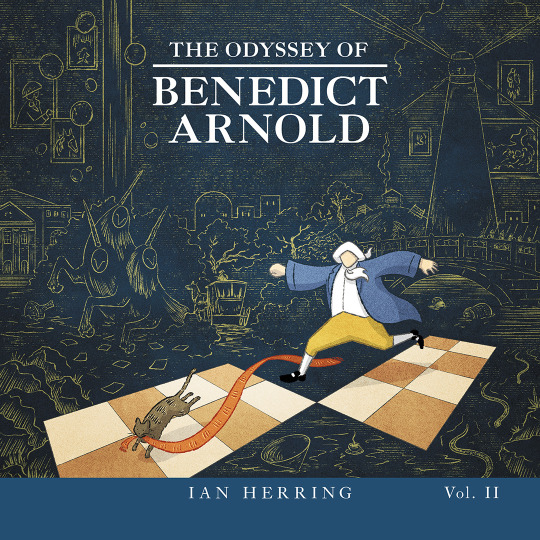

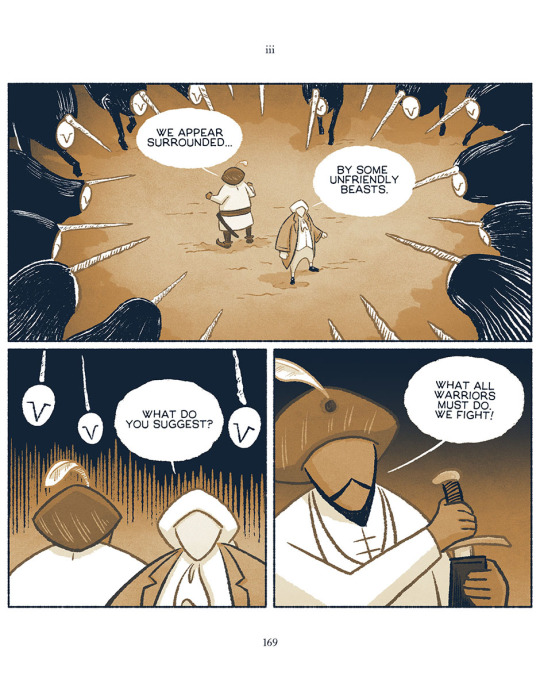

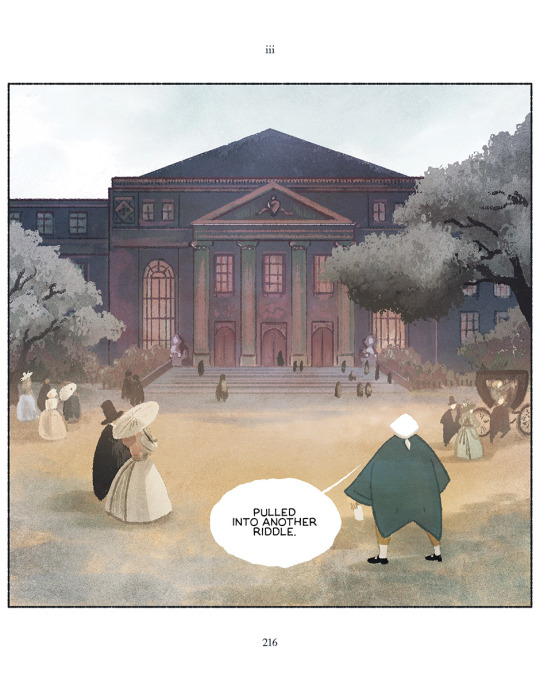

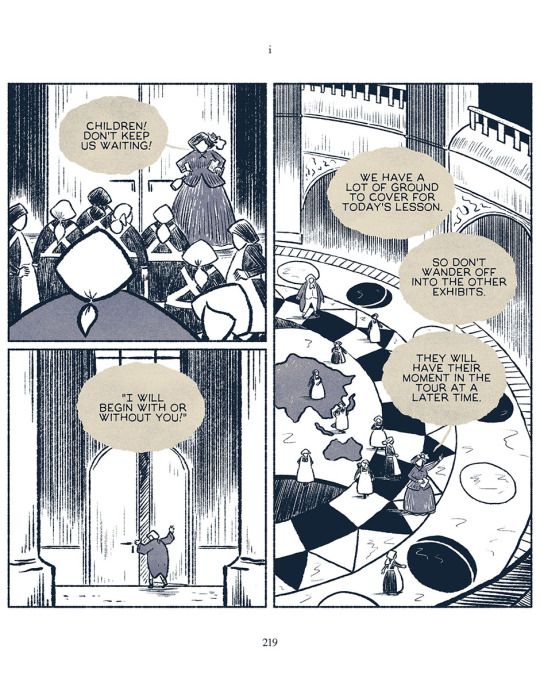
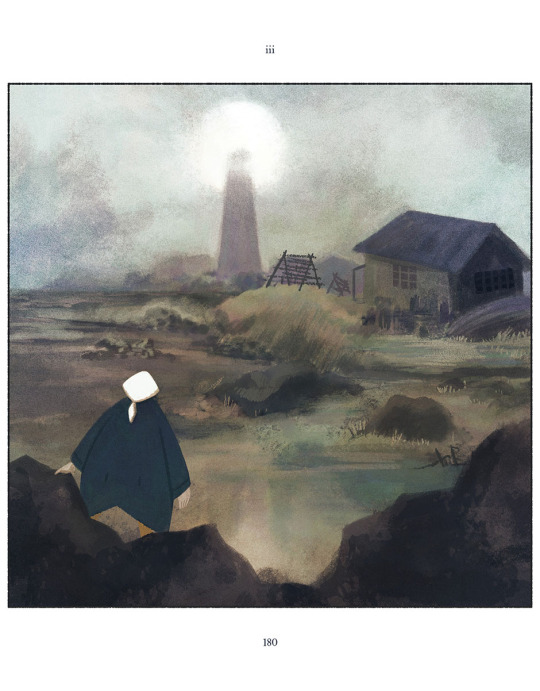
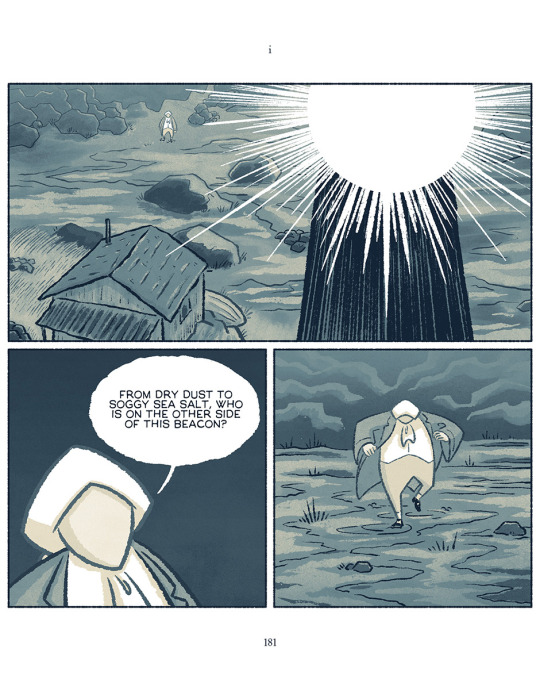

The Odyssey of Benedict Arnold: Vol. II
Available now through most online retailers, bookshop.org, Barnes & Noble, Amazon, and etc.
This is a 160 pg, 6.5 x 6.5" Print-On-Demand softcover edition continues Arnold's journey. This one contains Chapters V - VIII of the story, some extras, and a note!
Check out mongooseandson.com/store for more details and thank you for reading!
#books#comicbooks#biography#history#illustration#webcomics#ian herring#the odyssey of benedict arnold#benedict arnold#mir jafar#shajar al durr#wu sangui#yoshiko kawashima#ming dynasty#qing dynasty#mughul empire#british east india company#mamluk sultanate
2 notes
·
View notes
Text
youtube
Just a good snapshot on what Turkic people are, and why I keep saying Turkic does not equal Turkish.
Also, if you want to get into the whole "Mamluk Kipchaks who ended up ruling over countries where they were sold as slaves", just Google "Sultan Beibarys".
Spoiler: a Kipchak boy sold as a slave in Egypt, ends up ruling it.
Cheers.
#turkic#turkic languages#pan turkism#kazakh#kipchak#oghuz#oghur#siberia#karluk#golden horde#turkic khaganate#qazaq#sultan Beibarys#mamluk#sultan baybars#Youtube#that sounds like a flashy news tag
29 notes
·
View notes
Text
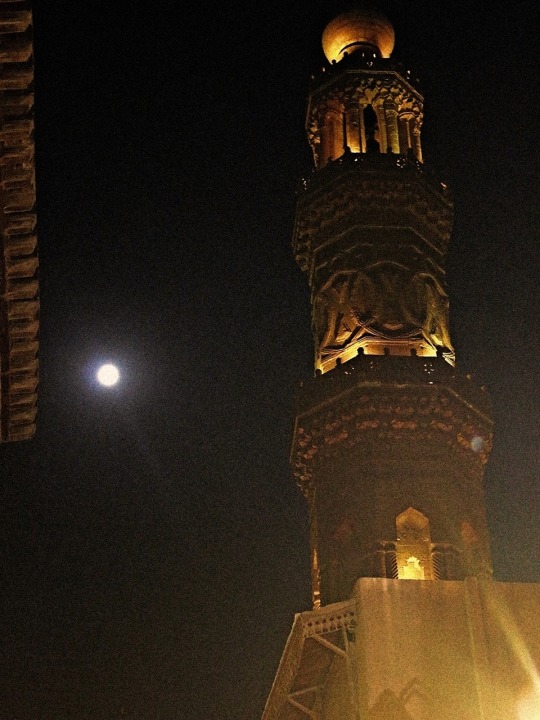


The Mosque, Khanqah and Mausoleum of Sultan Barquq
6 notes
·
View notes
Text
Mmmmm writing this story has just made me repeatedly run around the fact that there's no such thing as a pre-colonization way of writing about Copts even in fantasy
#Cipher talk#The thing is that. I've seen other copts talk about how we have a victim/martyr complex as a culture#(Sometimes leading to the Shit Ass Take that Copts who understand our identity through an Indigenous framework are perpetuating that)#Abd it's true. But part of why it's true is Copts have never been the first and last governors of themselves#The cultural context is by the time we start recognizably being Copts we have been put in a political situation where we're the lowest rung#Of society by dint of being Native Egyptians at least since Rome moved in a few centuries ago and were not being treated super well under#The Ptolemic dynasty if memory serves#The iconography of Coptic culture- aside from what we adapted of the old pagan religion and suprosing borrowing from Persia- is the#Iconography of those who had powers over us- empires and those they favored before us- repurposed to our own ends (Read is there any#Justification for the existence of Coptic art its a very good essay will send a link if asked)#It goes from Rome to Byzantium to Persia for a few years and then! Islamic conquest. And then! Mamluk dynasty. And then! Ottoman empire.#And then! France and Britain. And then! Not really independent sultanate. And then! Arab republic#Of course with the overlapping Amazigh control of Upper Egypt between 14-something and 1819?#Which. I love my Amazigh brothers and sisters. But we weren't treated well then either. The historical record is flawed but not good#And I! Hate this for us!#It could maybe have been different? I'd have to go back to the textbooks but I remember there were revolts in Egypt against Rome#That Early Copts probably participated in#Anyways. Tsuris pouring out my ears <3
4 notes
·
View notes
Text
Harem Lady Guard (2)
En fortsättning på bilder av kvinnliga haremsväktare från mina berättelser i bläck & akvarell.
Tidigare artiklar som berör haremsväsende och besläktade ämnen finns under kategorin HAREM
I ett tidigare inlägg (se Harem Lady Guard 1) redogjordes för infallet att göra bilder som illustrerar Kadin Koruyukular, de kvinnliga väktarna av haremets folk i mina berättelsers rike Kiralatet. Det här är…

View On WordPress
#Akvarellmålning / Water Colours / Aquarelle#Armborstkvinna /Crossbow Woman#haremsdam#historiska illustrationer /historic illustrations /ilustraciones históricas#krigarkvinna /female /woman warrior /mujer guerrera#Mamluksultanatet /Mamluk Sultanate#tuschteckning /ink drawing /dibujo a tinta
0 notes
Text

Hammam of Sultan Inal
Inside the hot room (bayt al-harara) of the hammam. The Hammam of Sultan Inal is a historic hammam (public bathhouse) in Cairo, Egypt. It is located in the Bayn al-Qasrayn area, on al-Mu'izz street, in the historic center of Cairo. The hammam was commissioned by Sultan Inal and built in 1456, during the Mamluk period. It is one of the few well-preserved hammams in Cairo out of the nearly 80 that existed by the end of the 19th century. It recently underwent a multi-year restoration and is now open to visitors as a historic monument.
#Hammam of Sultan Inal#From Wikipedia#the free encyclopedia#Jump to navigationJump to search#Inside the hot room (bayt al-harara) of the hammam#The Hammam of Sultan Inal is a historic hammam (public bathhouse) in Cairo#Egypt. It is located in the Bayn al-Qasrayn area#on al-Mu'izz street#in the historic center of Cairo. The hammam was commissioned by Sultan Inal and built in 1456#during the Mamluk period.[1][2] It is one of the few well-preserved hammams in Cairo out of the nearly 80 that existed by the end of the 19
1 note
·
View note
Text
Quick History Lesson

1) Before the modern state of Israel there was the British mandate, Not a Palestinian state.
2) Before the British mandate there was the ottoman empire, Not a Palestinian state.
3) Before the ottoman empire there was the Islamic mamluk sultanate of Egypt, Not a Palestinian state.
4) Before the Islamic mamluk sultanate of Egypt there was the ayyubid dynasty, Not a Palestinian state. Godfrey of bouillon conquered it in 1099.
5) Before the ayyubid dynasty there was the christian kingdom of Jerusalem, Not a Palestinian state.
6) Before the christian kingdom of Jerusalem there was the Fatimid caliphate, Not a Palestinian state.
7) Before the Fatimid caliphate there was the byzantine empire, Not a Palestinian state.
8) Before the byzantine empire there was the Roman empire, Not a Palestinian state.
9) Before the Roman empire there was the hasmonean dynasty, Not a Palestinian state.
10) Before the hasmonean dynasty there was the Seleucid empire,Not a Palestinian state.
11) Before the Seleucid empire there was the empire of Alexander the 3rd of Macedon, Not a Palestinian state.
12) Before the empire of Alexander the 3rd of Macedon there was the Persian empire, Not a Palestinian state.
13) Before the Persian empire there was the Babylonian empire, Not a Palestinian state.
14) Before the Babylonian empire there was the kingdoms of Israel and Judea, Not a Palestinian state.
15) Before the kingdoms of Israel and Judea there was the kingdom of Israel, Not a Palestinian state.
16) Before the kingdom of Israel there was the theocracy of the 12 tribes of Israel, Not a Palestinian state.
17) Before the theocracy of the 12 tribes of Israel there was the individual state of Canaan, Not a Palestinian state.
In fact in this corner of the earth there was everything but a Palestinian state!
436 notes
·
View notes
Photo
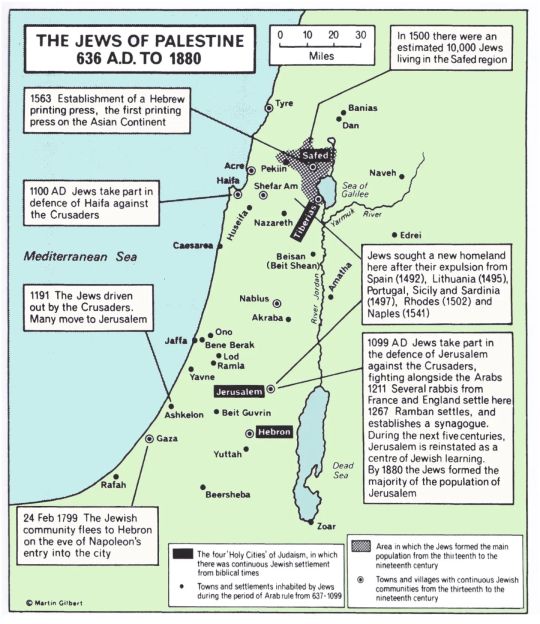
Jews in Palestine from the 7th century to the 19th century.
From “Atlas of Jewish History”, Martin Gilbert, Routledge, 1969, 2010
via cartesdhistoire
In 636, at the Battle of Yarmouk, the Arabs captured Tiberias and Galilee. Then they besieged and took Jerusalem and Caesarea before completing their conquest in 641 with the capture of Ascalon.
From the 8th century, the largest Jewish community was found in Ramleh, then, at the time of the Latin kingdom of Jerusalem (1099-1291), the most important Jewish communities were those on the coast: Tyre, Acre and Ascalon.
Between 1260 and 1516, relations between the Jews and the Mamluk power, fanatical and intolerant, were bad. The most important communities are in the interior (the ports were evacuated in the 13th century for fear of invasions): Jerusalem especially, Safed, Gaza, Hebron, a few villages in Upper Galilee. Pilgrimage to Jewish holy places – the “ziara” – is already very widespread there.
The Turks conquered Palestine in 1516. The community of Safed experienced great expansion with the cultural and technical contribution of Judeo-Iberian refugees.
But throughout the 19th century, Muslim populations also settled in Palestine: some 20,000 Egyptians during the conquests of Mehemet-Ali (in Gaza, Jaffa and Jericho), then several tens of thousands of Muslims, coming from the former Ottoman territories of the Balkans and the Caucasus. The sultan grants them land on favorable terms in Galilee and the coastal plain of Sharon. The accounts of European travelers in Palestine attest to the existence of numerous villages where Arabic is not spoken.
From 1840, the Jewish population of Jerusalem grew at a much faster rate than that of other communities, reaching 11,000 people in 1870, or half of the total population, and this before the major movements of Jewish immigration which began. from the 1880s; the Jewish population has since retained its majority status.
In 1872, the Palestinian population (Bedouins excluded) was 381,954 inhabitants (85% Muslims, 11% Christians and 4% Jews).
202 notes
·
View notes
Text


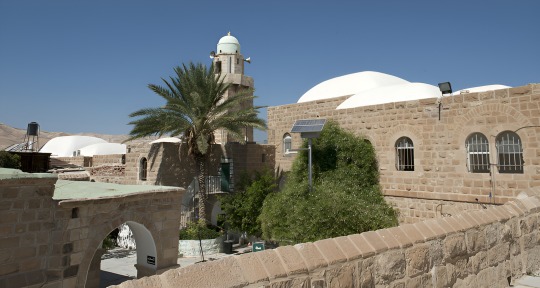



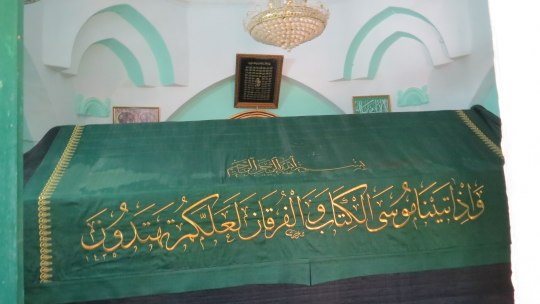
nabi musa (prophet moses) mosque/maqām in jericho governorate, palestine. local muslim tradition holds that moses was buried here. where exactly this tradition comes from is unknown.
every year, one friday before good friday in the greek orthodox calendar, a yearly pilgrimage from jerusalem to nabi yusha takes place, after which a festival in moses's honor is held. this began in the mid-19th century, though palestinian tradition holds that its origins lay in saladin's recapture of jerusalem from crusaders in 1187. this continues to hold symbolic importance today. the structure itself was likely built by mamluk sultan baybars eight decades later.
since the 1967 occupation, the pilgrimage was prohibited for 20 years (most likely due to association with the 1920 nabi musa riots) before being permitted again. since then, it's been prohibited on and off - most recently after the second intifada in 2000, before being renewed in 2007.
154 notes
·
View notes
Text
In 2022, a 4500 year old statue of the Canaanite goddess Anat was unearthed in Khan Younis, Gaza strip, by a farmer and was stored in the Qasr Al-Basha Museum. [via BBC]
Qasr Al-Basha was originally a palace constructed in the 13th century by the Mamluk Sultan and was used as a residence for him and a seat of power for the Ottomans. In modern times, it has been used as a museum.
Israel destroyed Qasr Al-Basha. 4500 years of history, gone.
What did Anat? What did Qasr Al-Basha do? What did the hundreds of other, pricless historical relics do? The answer is: it was Palestinian history and it existed. Israel does not want Palestinian history to exist, because if Palestinian history exists, then it challenges the insanity driven claim that settlers are somehow more deserving of the land than its native people.
If somehow the 25 thousand deaths, over 10 thousand of which are children, isn’t enough to convince you that Israel is a terrorist state, is the total destruction of 4500 year old history enough to convince you that Israel is a terrorist state?
FREE PALESTINE 🇵🇸
#palestine#anat#Canaanite#history#archeology#gaza strip#qasr al-basha#mythology#free palestine#israel is a terrorist state#israel#anti israel#boycott israel#fuck israel#museums
57 notes
·
View notes
Photo

The Empire of Timur the Lame, c. 1404 CE
A map illustrating the empire and campaigns of Timur (from the Chagatai word for iron) at its biggest extent before his death in 1405. Timur the Lame (Timur-i Leng from Persian, Tamerlane as it had evolved in English or Timūr Gurkānī, son-in-law following his marriage into Genghis Khan's family) was a 14th-century (1336 – 1405) Muslim conqueror of a Turco-Mongol descent who, at the peak of his Central Asian Timurid Empire, had defeated the major powers of the day - the Mamluks, Ottomans, the Sultanate of Delhi, and the Golden Horde and invaded, among others, Persia, Mesopotamia, Russia, Georgia, India, Syria, and Turkey. After his death preparing to invade the Ming Dynasty of China, the empire, which was never more than an expression of his personal ambition and dominance, quickly fell into disputes and civil wars and crumbled.
Image by Simeon Netchev
82 notes
·
View notes
Text

🇮🇱⚔️🇵🇸 🚀🕌💥 🚨
ISRAELI OCCUPATION DAMAGES ANCIENT BARQUQ CASTLE IN KHAN YUNIS IN THE GAZA STRIP
📹 Scenes from the partial destruction of the ancient Barquq Castle located just outside the city of Khan Yunis, in the southern Gaza Strip, an ancient castle commissioned by Sultan Barquq.
Sultan Al-Malik Az-Zahir Sayf ad-Din Barquq, who ruled Egypt, Syria and Palestine from 1382-1389 as the first Sultan of the Circassian Mamluk Burji dynasty, commissioned the building of the Barquq Castle in 1387, assigning the task to Prince Yanus bin Abdullah al-Nurzi al-Dawdar for whom Khan Yunis was named after.
As Israel's ongoing war of genocide continues in the Gaza Strip, the Zionist occupation army has repeatedly destroyed ancient buildings, mosques, and churches across the Palestinian enclave, attempting to bury the history of Palestinian people alongside the civilian population.
#source1
#source2
#videosource
@WorkerSolidarityNews
#gaza strip#barquq castle#khan yunis#gaza#gaza war#gaza genocide#genocide#genocide in gaza#genocide of palestinians#israeli genocide#israeli war crimes#war crimes#crimes against humanity#palestine#palestine news#palestinians#israel#israeli occupation forces#israeli occupation#war#middle east#israel palestine conflict#politics#news#geopolitics#world news#global news#international news#breaking news#current events
28 notes
·
View notes
Text

Ganjifa, a Persian card game that has been popular in the Indian subcontinent since the sixteenth century, is notable for its hand-painted playing cards. The name Ganjifa likely derives from the Persian word ganj, meaning treasure or money. The game has several variations across West, Central and South Asia.
The oldest surviving reference to Ganjifa in India was made in the early fifteenth century by the historian Ibn Taghribirdi, who wrote that a Mamluk sultan gambled with kanjifa (a medieval Arabic name for Ganjifa) as a young man.
#hindu mythology#mythology#19th century#literature#modern art#museums#ancient persia#card game art#mythoprofessori
71 notes
·
View notes
Note
hello! i hope it's alright to ask you this but i was wondering if you have any recommendations for books to read or media in general about the history of judaism and jewish communities in egypt, particularly in ottoman and modern egypt?
have a nice day!
it's fine to ask me this! Unfortunately I have to preface this with a disclaimer that a lot of books on Egyptian Jewish history have a Zionist bias. There are antizionist Egyptian Jews, and at the very least ones who have enough national pride that AFAIK they do not publicly hold Zionist beliefs, like those who spoke in the documentary the Jews of Egypt (avaliable on YouTube for free with English subtitles). Others have an anti Egyptian bias- there is a geopolitical tension with Egypt from Antiquity that unfortunately some Jewish people have carried through history even when it was completely irrelevant, so in trying to research interactions between "ancient" Egyptian Jews and Native Egyptians (from the Ptolemaic era into the proto-Coptic and fully Coptic eras) I've unfortunately come across stuff that for me, as an Egyptian, reads like anti miscegenationist ideology, and it is difficult to tell whether this is a view of history being pushed on the past or not. The phrase "Erev Rav" (meaning mixed multitude), which in part refers to Egyptians who left Egypt with Moses and converted to Judaism, is even used as an insult by some.
Since I mentioned that documentary, I'll start by going over more modern sources. Mapping Jewish San Francisco has a playlist of videos of interviews with Egyptian Jews, including both Karaites and Rabbinic Jews iirc (I reblogged some of these awhile ago in my "actually Egyptian tag" tag). This book, the Dispersion of Egyptian Jewry, is avaliable for free online, it promises to be a more indepth look at Egyptian Jews in the lead up to modern explusion. I have only read a few sections of it, so I cannot give a full judgment on it. There's this video I watched about preserving Karaite historical sites in Egypt that I remember being interesting. "On the Mediterranian and the Nile edited by Harvey E. Goldman and Matthis Lehmann" is a collection of memiors iirc, as is "the Man in the Sharkskin Suit" (which I've started but not completed), both moreso from a Rabbinic perspective. Karaites also have a few websites discussing themselves in their terms, such as this one.
For the pre-modern but post-Islamic era, the Cairo Geniza is a great resource but in my opinion as a hobby researcher, hard to navigate. It is a large cache of documents from a Cairo synagogue mostly from around the Fatimid era. A significant portion of it is digitized and they occasionally crowd source translation help on their Twitter, and a lot of books and papers use it as a primary source. "The Jews in Medieval Egypt, edited by: Miriam Frenkel" is one in my to read pile. "Benjamin H. Hary - Multiglossia in Judeio-Arabic. With an Edition, Translation, and Grammatical Study of the Cairene Purim Scroll" is a paper I've read discussing the Jewish record of the events commemorated by the Cairo Purim, I got it off either Anna's Archive or libgen. "Mamluks of Jewish Origin in the Mamluk Sultanate by Koby Yosef" is a paper in my to read pile. "Jewish pietism of the Sufi type A particular trend of mysticisme in Medieval Egypt by Mireille Loubet" and "Paul B Fenton- Judaism and Sufism" both discuss the medieval Egyptian Jewish pietist movement.
For "ancient" Egyptian Jews, I find the first chapter of "The Story of the Jews: Finding the Words 1000 BC-1492 AD” by Simon Schama, which covers Elephantine, very interesting (it also flies in the face of claims that Jews did not marry Native Egyptians, though it is from centuries before the era researchers often cover). If you'd like to read don't click this link to a Google doc, that would be VERY naughty. There's very little on the Therapeutae, but for the paper theorizing they may have been influenced by Buddhism (possibly making them an example of Judeo-Buddhist syncretism) look here (their Wikipedia page also has some sources that could be interesting but are not specifically about them). "Taylor, Joan E. - Jewish women philosophers of first-century Alexandria: Philo’s Therapeutae reconsidered" is also a to read.
I haven't found much on the temple of Onias/Tell el Yahudia/Leontopolis in depth, but I have the paper "Meron M. Piotrkowski - Priests in Exile: The History of the Temple of Onias and Its Community in the Hellenistic Period" in my to be read pile (which I got off Anna's Archive). I also have some supplemental info from a lecture I attended that I'm willing to privately share.
I also have a document compiling links about the Exodus of Jews from Egypt in the modern era, but I'm cautious about sharing it now because I made it in high school and I've realized it needs better fact checking, because it had some misinfo in it from Zionist publications (specifically about the names of Nazis who fled to Egypt- that did happen, but a bunch of names I saw reported had no evidence of that being the case, and one name was the name of a murdered resistance fighter???)
#cipher talk#I find Leontopolis fascinating because after the first time a bunch of Egyptian Jews built a temple in Egypt a second guy did it#And allegedly had a not terrible scriptural justification! And the temple lasted for THREE EXTRA YEARS after Jerusalem was sacked!#Never let anyone tell you there was only one temple#There's also other stuff but this is what I immediately had#Some books I have I'm pretty sure just aren't good to start with lmao they're about very specific stuff#Modern Middle Eastern Jewish Thought: Writings on Identity politics and culture is interesting and includes Egyptian Jews#But it's definitely got a zionist bias. It's mostly essays#I'd definitely recommend reading up on Joseph Cattaui and Murād Farag because they were simply so influential#Even though Farag was a dumbass that wrote the first Arabic defense of Zionism#Ya‘qub Sannu‘ is also fascinating- he spent a lot of his time defending Muslims to European audiences so some people assumed he reverted#He didn't he just took a hard stance on it. Also he got exiled for criticizing the Khedivate#All 3 are in MMEJT iirc
104 notes
·
View notes
Text
Harem Lady Guard (1)
I ett avbrott under målandet av en tavla gick passade jag på att ge form för en idé från länge sedan: en teckning i bläckk & akvarell av en kvinnlig haremsväktare från mina berättelser.
Det var många år sedan som jag, inspirerad av såväl det Ottomanska riket kejserliga harem som motsvarigheten i stormogulernas rike och senare års studier av kvinnors liv i såväl det mongoliska Ilkhanatet samt…
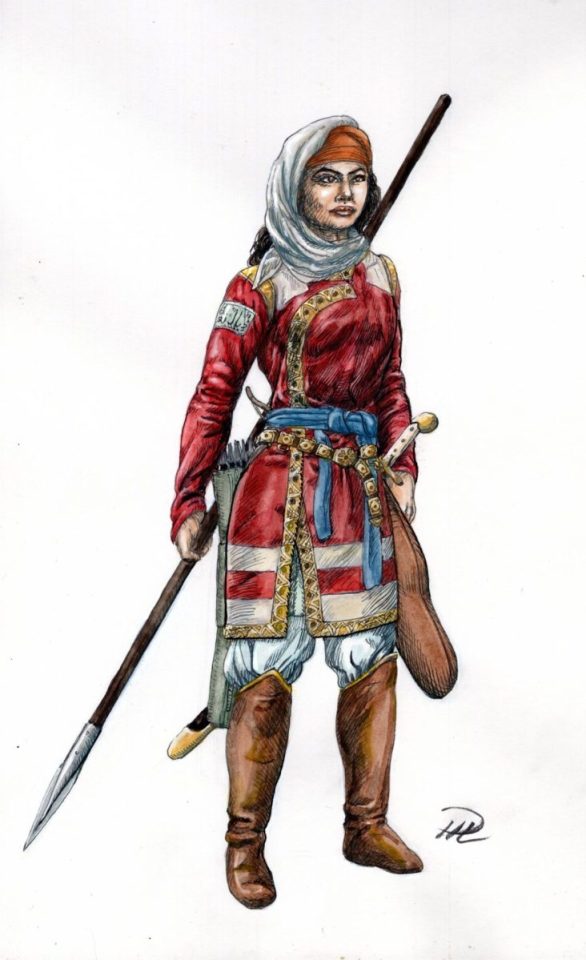
View On WordPress
#Akvarellmålning / Water Colours / Aquarelle#haremsdam#historiska illustrationer /historic illustrations /ilustraciones históricas#krigarkvinna /female /woman warrior /mujer guerrera#Mamluksultanatet /Mamluk Sultanate#tuschteckning /ink drawing /dibujo a tinta
0 notes